5 Interesting Facts About Watercolor
Make 5 fascinating discoveries about the history, composition and uses of watercolor
Watercolor has existed since prehistoric times. It’s quick-to-use, versatile, colorful and is loved by everyone from amateur artists to the great masters. You will have used it either in tubes or pans, at school, in a studio or on your travels, because it’s a great way to bring sketches to life.
Yet despite being so present in our lives, much of watercolor’s history remains unknown. Did you know that color pans are a relatively modern invention? Or that technically, white watercolor doesn’t exist? And that watercolor is used by explorers as well as artists?
Watch the video and discover more:
1. How is watercolor made?
Watercolor is a mixture of only four main ingredients:
1. An artificial or natural pigment.
2. Gum arabic as a binder.
3. Additives like glycerin or honey, or preservatives to alter its consistency, color or lifespan.
4. Water to dilute the paint on application.
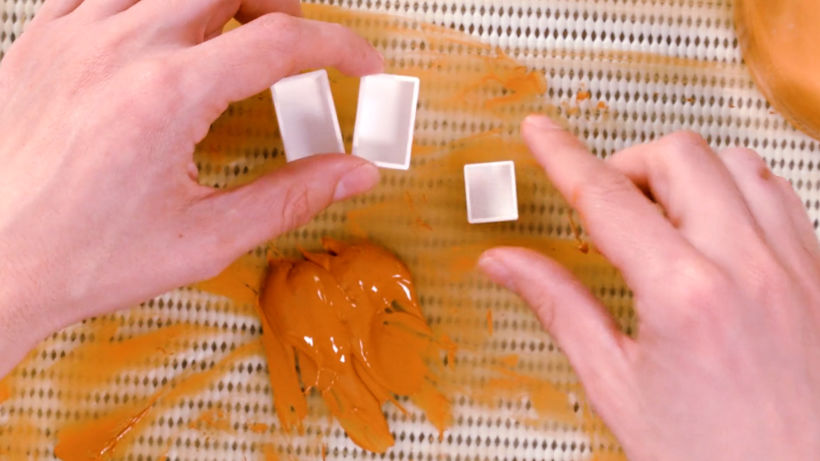
2. When did the first commercial materials appear?
If you were a watercolor artist before the 18th century, you had to make your own paint by buying pigments from the pharmacist or your ‘colorman’, to take home and mix with a medium. Everything changed in 1781, thanks to brothers William and Thomas Reeves, who created the watersoluble pans we use today, which enabled the golden age of English Watercolor.
![An old watercolor set, at the Joseph Allen Skinner Museum, in the United States [Wikimedia Daderot]](https://cdn.domestika.org/c_fit,dpr_auto,f_auto,q_80,t_base_params,w_820/v1617634612/content-items/007/571/568/2-original.jpg?1617634612)
3. The explorers’ tool
Although watercolor hasn’t always been given the same importance as other disciplines in the art world, it played a vital role in other fields. In 18th century England, numerous watercolor artists went on the geological and archaeological expeditions organized by the Society of Dilettanti.
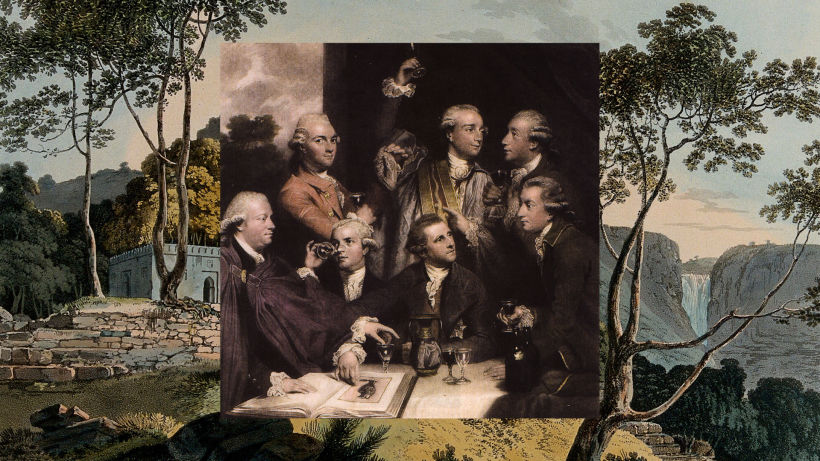
These artists documented their discoveries alongside landscapes in the Mediterranean, Asia and America. Watercolor’s versatility, speed and ability to capture the world was incredibly useful in recreating the wonders of remote locations.
![Detail of Stonework in the Colosseum, by John Warwick Smith (1749-1831) [British Museum]](https://cdn.domestika.org/c_fit,dpr_auto,f_auto,q_80,t_base_params,w_820/v1617634767/content-items/007/571/602/4-original.png?1617634767)
4. Does the brand matter?
Have you ever switched brand and realized that some of the new colors produce different results? Although modern palette colors share common names, for example: ocher, cerulean and cobalt, they may not have been manufactured using the same proportions or formula. Which is why one brand’s colors may not exactly match another’s. It’s best to experiment with a few brands or select your preferred producer if you want to be sure of exactly how your colors are going to look on the paper.
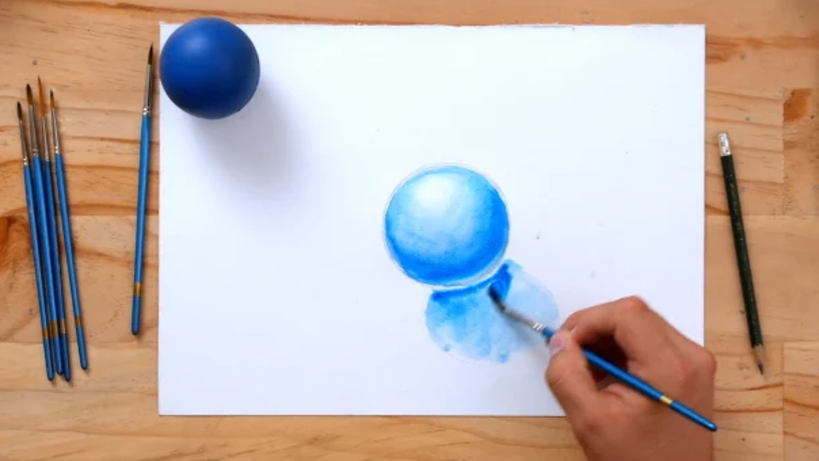
5. Does white watercolor exist?
Traditional watercolor never involves the use of opaque white. The idea behind this is that in order to lighten watercolor, simply adding more water is enough, and in order to obtain pure white, all you need to do is leave the paper unpainted. In fact, the English art society of the 19th century rejected the use of white gouache due to its opacity. In their view, transparency in watercolor should always prevail.

You may also like:
- Elaboration of Artesanal Watercolors, a course by Scriptorium Yayyan.
- Botanical Illustration With Watercolors, a course by Paulina Maciel.
- Modern Watercolor Techniques, a course by Ana Victoria Calderón.





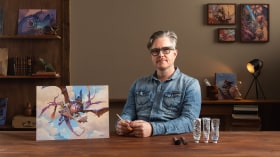
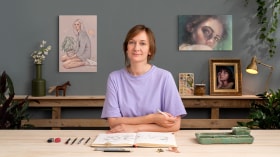

+0 Kommentare